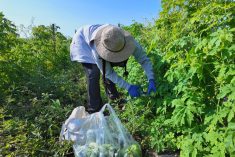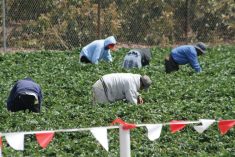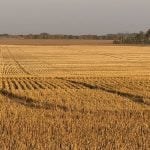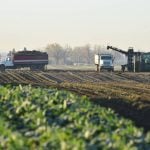Rural Ontario’s employment levels are almost back to year ago level – almost making up the unemployment created by the COVID-19 pandemic.
The Rural Ontario Institute (ROI) reports that Ontario unemployment is 0.6 per cent below levels in August 2019, according to Statistics Canada’s Labour Force Survey.
Why it matters: Rising employment is critical to economic recovery in rural Ontario.
That compares to a gap of 6.3 per cent lower employment compared to 2019 in urban areas.
Rural Ontario had a larger return to employment in May to June compared to urban areas. Urban areas closed more of the gap in August at a 2.1 per cent increase in employment compared to a 1.5 per cent increase in August.
Read Also

Packer buys Green Giant, Le Sieur veg brands from U.S. owner
A Quebec-based processor’s deal to buy the Green Giant and Le Sieur packaged and frozen vegetable brands in Canada from a U.S. owner clarifies the status of two popular retail brands grown by Canadian farmers.
Rural Ontario’s gap is significantly better than the employment gap in the rest of rural Canada, according to ROI.
Across Canada the rural gap is down 7.7 per cent from August 2019. Rural Alberta is having the most issues with a 20.5 per cent decline in employment over August, 2019. Rural Alberta has been hit by the decline in the oil and gas sector.
“Importantly, since March 2020, the Ontario rural gap was always narrower than the Ontario urban gap – in other words COVID-19 has had a smaller relative (or per cent) impact in rural Ontario compared to urban Ontario,” said the ROI in a recent report.
In rural Ontario some rural sectors with large employment gaps include forestry, fishing, mining and oil and gas with a decline of 79 per cent. Information, culture and recreation sectors are down by 22 per cent, public administration by 12 per cent and transportation and warehousing down by 12 per cent.
On the other end of the spectrum, rural construction has been up 11 per cent per month over 2019 from March to August.
The employment gap has been worse for women than men in rural and urban areas. Young and older rural females have been harder hit than rural females from 25 to 54, who have had positive employment levels.













